Furukawa Automotive Systems Expands Use of Submillimeter Wave Radars from Vehicles to Infrastructures
- A new technology allows the use vehicle-mounted radars in infrastructure systems, in order to help prevent traffic accidents -
The new technology provides the following features and is expected to be used in infrastructures to prevent traffic accidents
- Not easily affected by weather conditions (rain, snow, fog), changes in brightness (day, night, backlight), or operation in low temperatures
- The Furukawa Automotive Systems pulse system allows multiple targets (such as obstacles, people, and road signs) to be individually detected at a wide angle (±60° or more) and over a wide range (0 to 75 m)
- Simple mechanism allows for operation with just the radar itself
Furukawa Automotive Systems Inc. (Headquarters: Inukami-gun, Shiga Prefecture; President: Shigenobu Abe), a member of the Furukawa Electric Group, has verified that “24 GHz perimeter monitoring radars” can be used for fixed infrastructure applications. These radars are essential components of the advanced driver assistance systems (ADAS) used for automobile safety. Furukawa Automotive Systems Inc. has developed a technology to ensure a sufficient observational range for pedestrians, vehicles, and other objects, based on signal processing technologies developed for vehicle-mounted radars.
Background
The world is waiting for the arrival of a totally safe motorized society free from traffic accidents. This is expected to become a reality in the near future through use of such technologies as self-driving automobiles, CASE, and MaaS. Vehicle safety has always been a concern since the first automobiles were introduced, but society now faces the increasingly common danger of drivers driving in the wrong direction on highways. The Ministry of Land, Infrastructure, Transport and Tourism has also considered infrastructures to prevent accidents in accident-prone areas on public roads in its “Traffic Accident Elimination Plan (Strategic Elimination of Risky Accident Areas).” Furukawa Automotive Systems has investigated using its vehicle-mounted radar technology, which leverages the strengths of the Furukawa pulse system to detect objects at a wide angle and wide range in various environment, for use in preventing traffic accidents in addition for use in systems to detect vehicles traveling in the wrong direction.
Details
A vehicle-mounted radar is installed just above ground level (around 50 cm to 90 cm) in order to monitor the perimeter around the vehicle. This allows it to detect a wide range in the horizontal direction (±60° or more). (Refer to Attachment [1]).
In contrast, radars used for infrastructure are often installed aimed downward at an angle over the area they are monitoring (as shown in Attachment [2]), requiring that they be installed at an appropriate height, tilt angle, and distance from the road. There are also other issues involved with using the technology for infrastructure applications, such as the effect of strong reflections from approaching structures and the risk of sensors being blocked by crossing objects. However, by applying signal processing technologies developed over many years for vehicle-mounted radars together with the Furukawa system (pulse system; see Attachment [3]), Furukawa Automotive Systems has developed technology that offers excellent environmental resistance, ensures a sufficient observational range, and is capable of wide-angle monitoring to individually detect multiple obstacles, people, and road signs. This technology is expected to be used on fixed infrastructures such as systems used to determine traffic conditions on intersections and other accident-prone roads.
Submillimeter wave radar features
- Detects the position, speed, and direction of moving objects. The Furukawa Automotive Systems pulse system detects distance and relative speed on two axes (time and frequency), allowing multiple targets such as obstacles, people, and road signs to be individually detected at a wide angle (±60° or more) and over a wide range (0 to 75 m).
- Capable of detecting objects in complicated situations. The technology can detect a faraway object even if there is a sign or other large reflective object nearby.
- As shown in the chart in Attachment [4], the technology is not easily affected by weather conditions (rain, snow, fog), changes in brightness (day, night, backlight), or operation in low temperatures.
- Image diagnosis using cameras requires a complicated system that includes image processing. In contrast, this technology is capable of directly processing signals from the radar itself, resulting in a simpler system to operate.
Overview of Furukawa Automotive Systems Inc.
| Incorporated | November 1950 |
|---|---|
| Representative | Shigenobu Abe |
| Head Office address | 1000 Amago, Kora-cho, Inukami-gun, Shiga Prefecture |
| Main products | Wire harnesses, related electrical components, automotive functional products |
| Shareholding ratio of Furukawa Electric | 100% |
Furukawa Electric Group’s efforts towards the SDGs
Based on the corporate philosophy of “Drawing on more than a century of expertise in the development and fabrication of advanced materials to contribute to the realization of a sustainable society through continuous technological innovation,” the Furukawa Electric Group is conducting business activities centered on four core technological capabilities (metals, polymers, photonics and high frequency). Moreover, keeping in mind the “Sustainable Development Goals (SDGs)” adopted by the UN, we formulated the “Furukawa Electric Group Vision 2030,” which clarified the business areas of the Furukawa Electric Group, and are advancing efforts aimed at “creating solutions for the new generation of global infrastructure combining information, energy, and mobility to build a sustainable world and make people’s life safe, peaceful, and rewarding.


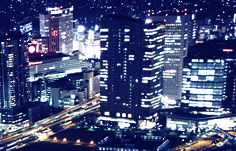
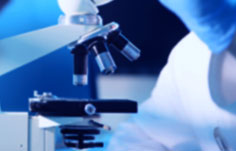




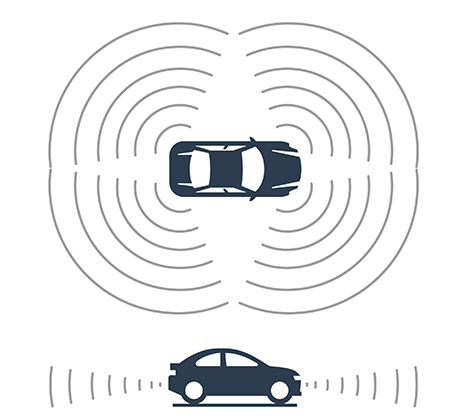
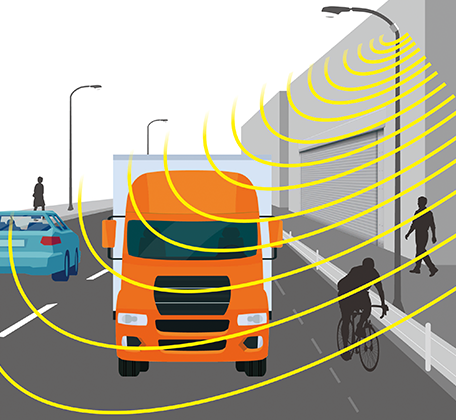
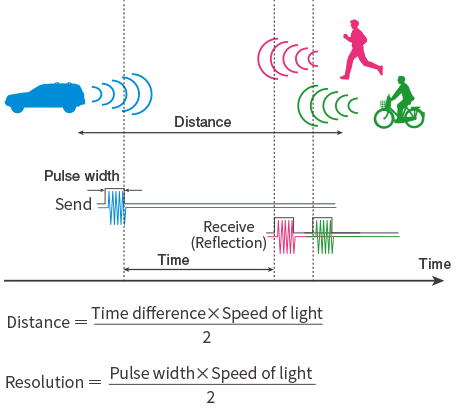
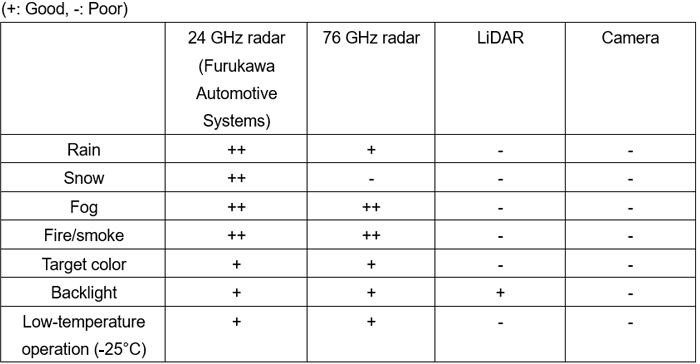
 Share
Share Tweet
Tweet Share
Share